The world’s super-rare animals have appeared in a new set of photos taken by photo traps of the World Wide Fund for Nature (WWF).
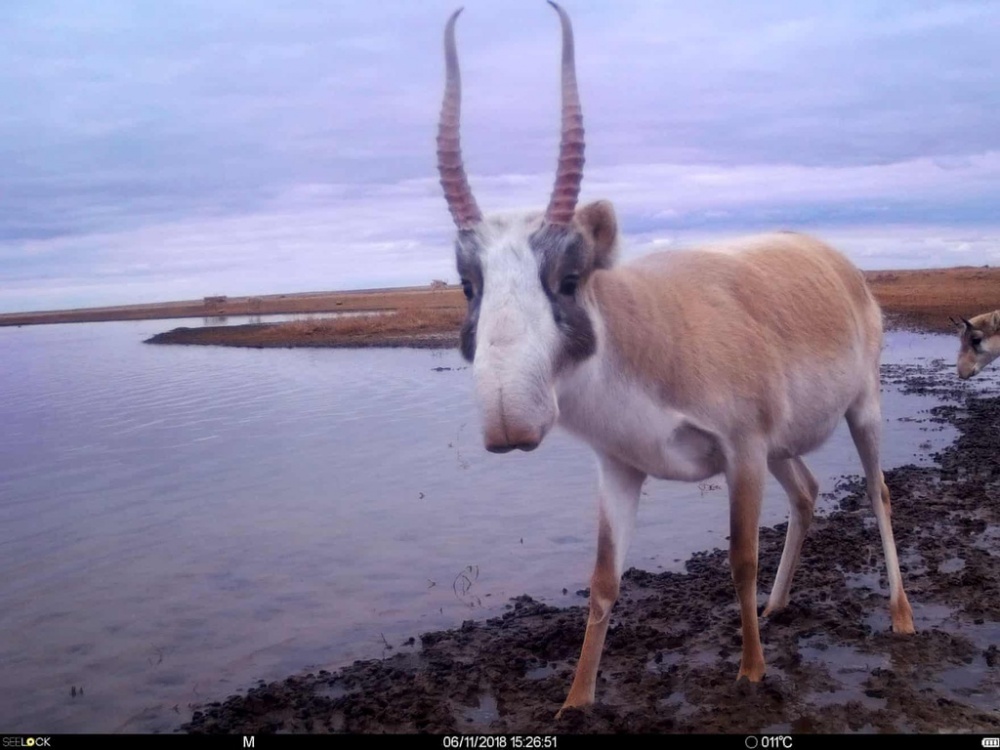
A male Saiga antelope with beautiful horns was photographed in a lake in the Stepnoi reserve in the Astrakhan region of Russia. The Saiga antelope is an ancient species fortunate to have escaped the fate of extinction, unlike the woolly mammoth. However, it is a highly endangered species as it is often hunted for its horns and its habitat is shrinking. (Source: WWF)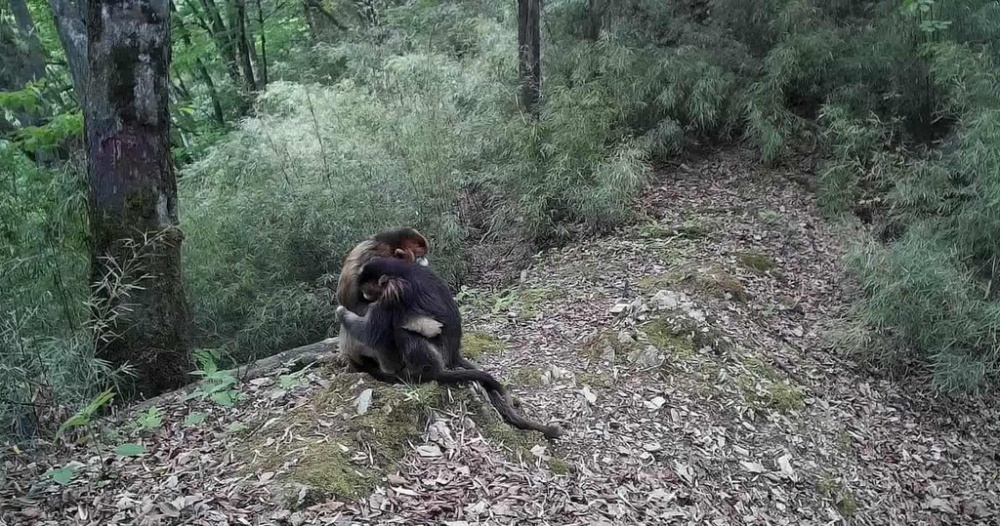 This is a rare photo of two golden snub-nosed langurs taken in Gansu province, China. Habitat loss, hunting and tourist exploitation have led to a decline in the number of individuals of the species. It is estimated that this species has only 800 individuals living at an altitude of 2,800 m in Gansu. (Source: WWF)
This is a rare photo of two golden snub-nosed langurs taken in Gansu province, China. Habitat loss, hunting and tourist exploitation have led to a decline in the number of individuals of the species. It is estimated that this species has only 800 individuals living at an altitude of 2,800 m in Gansu. (Source: WWF)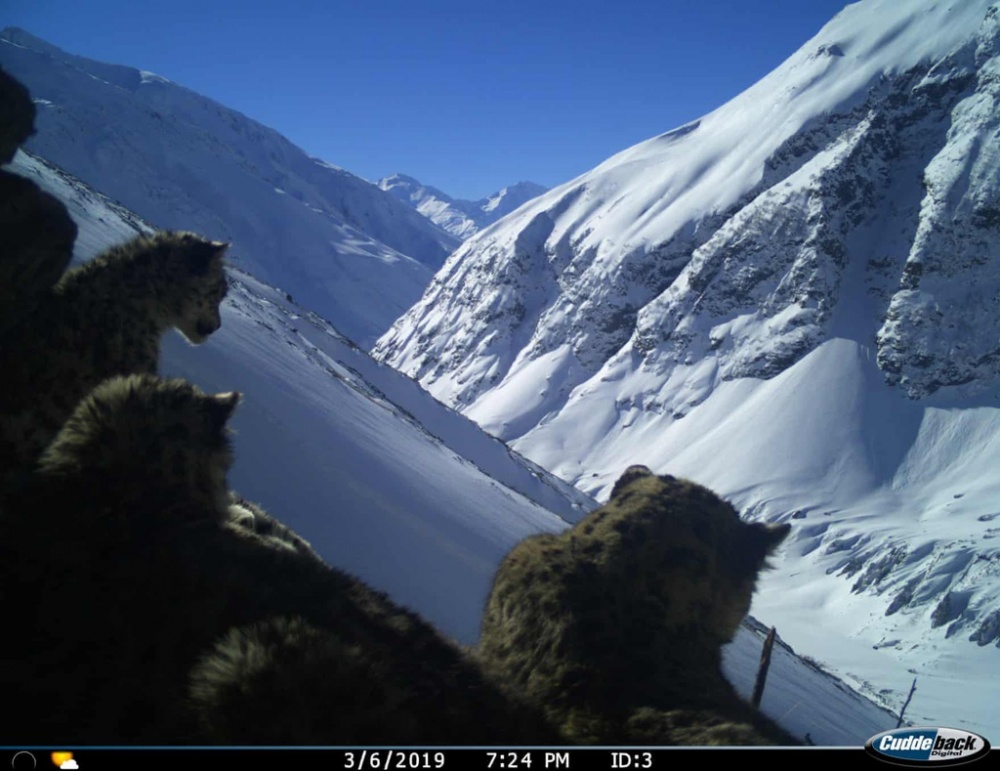 Photo trap in India’s Gori valley captured a snow leopard and its cubs. The snow leopard is one of the hardest cats to see in the world. Snow leopards are scattered across 12 Central Asian countries and are commonly found in rugged mountainous areas at an altitude of 3,000-4,500 m. About 450 snow leopards are killed every year by poachers and farmers protecting livestock. (Source: WWF)
Photo trap in India’s Gori valley captured a snow leopard and its cubs. The snow leopard is one of the hardest cats to see in the world. Snow leopards are scattered across 12 Central Asian countries and are commonly found in rugged mountainous areas at an altitude of 3,000-4,500 m. About 450 snow leopards are killed every year by poachers and farmers protecting livestock. (Source: WWF)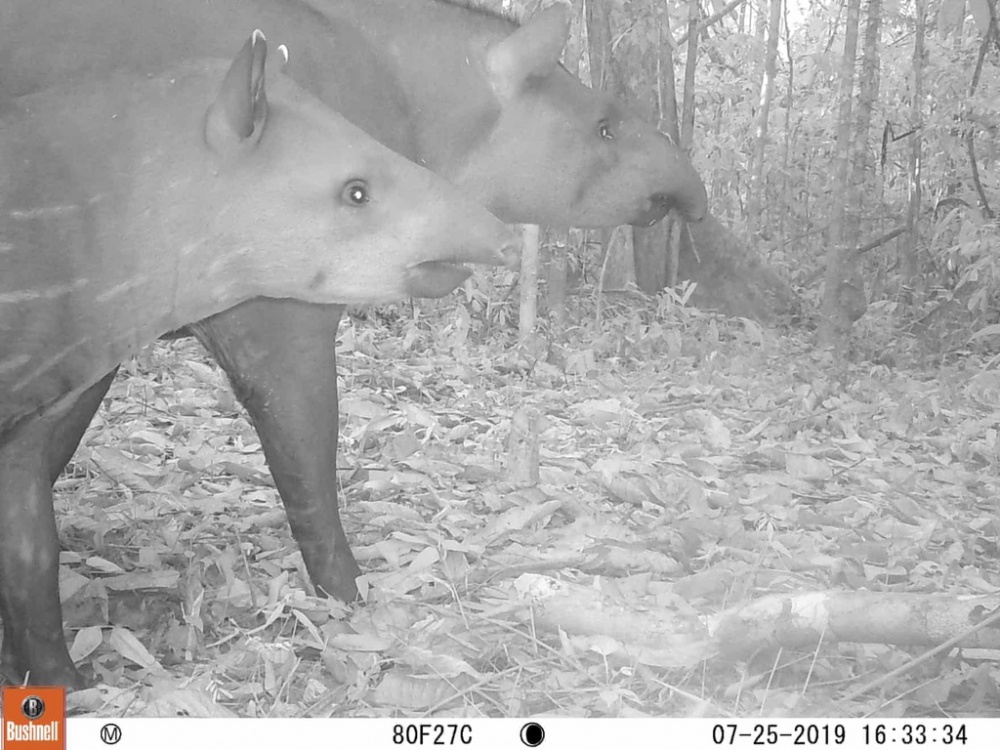 Two tapirs were photographed in a trap in Juruena National Park, Brazil. Its nose is used to find food and act as a breathing tube when swimming. Like many other tropical mammals, tapirs are mainly active at night. The main threat to this species is poaching of wild animals. The number of individuals of this species is decreasing and is classified as endangered by the International Union for Conservation of Nature (IUCN). (Source: WWF)
Two tapirs were photographed in a trap in Juruena National Park, Brazil. Its nose is used to find food and act as a breathing tube when swimming. Like many other tropical mammals, tapirs are mainly active at night. The main threat to this species is poaching of wild animals. The number of individuals of this species is decreasing and is classified as endangered by the International Union for Conservation of Nature (IUCN). (Source: WWF)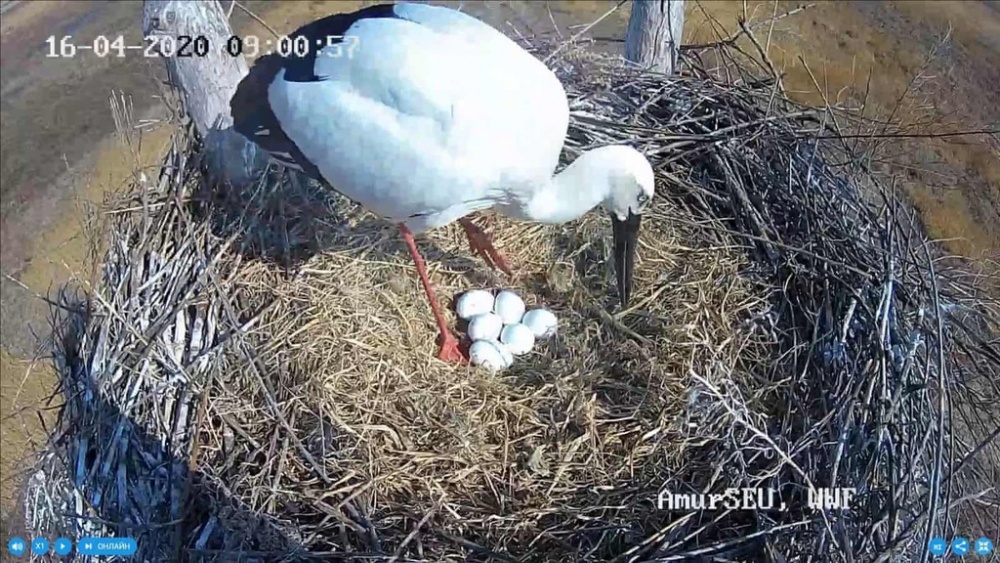 The East Asian white crane is considered to be a species that represents the ecosystem health of the Amur River basin, a river located between China and Russia. The conservation efforts of the two countries have helped the population of this species to recover, although the species is still in the endangered group. The crane in this photo laid 6 eggs in an artificial nest, the maximum number of eggs recorded in a pair of Asian white cranes. (Source: WWF)
The East Asian white crane is considered to be a species that represents the ecosystem health of the Amur River basin, a river located between China and Russia. The conservation efforts of the two countries have helped the population of this species to recover, although the species is still in the endangered group. The crane in this photo laid 6 eggs in an artificial nest, the maximum number of eggs recorded in a pair of Asian white cranes. (Source: WWF)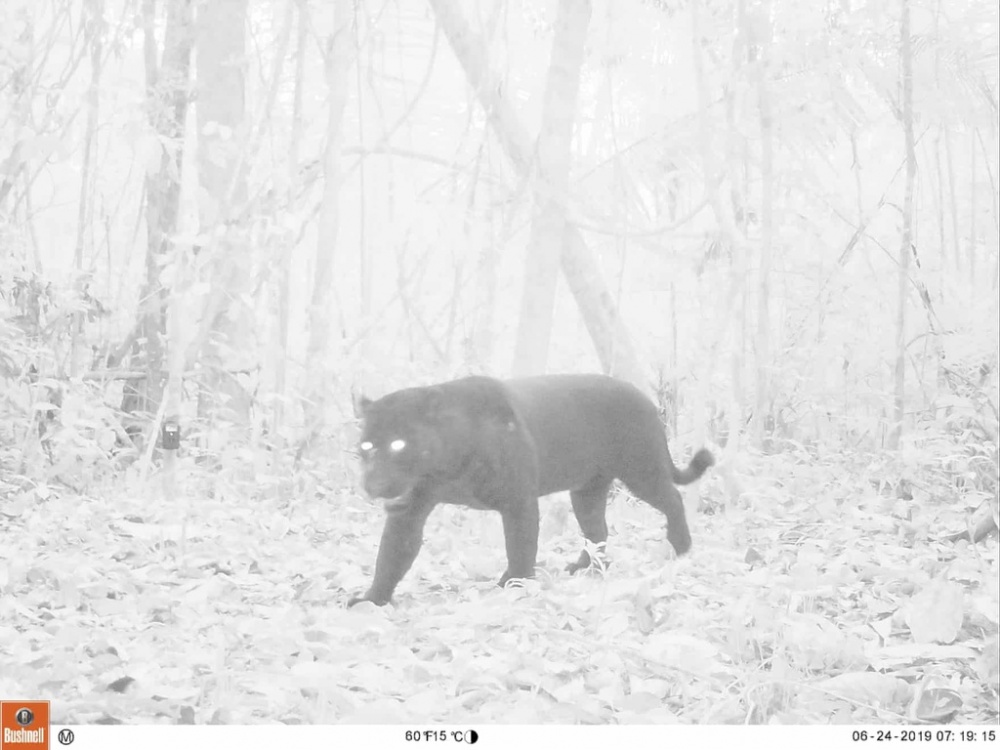 The jaguar is the largest feline animal in the Americas. The shrinking forest area, along with the exclusion of farmers and plantation owners, has put this species under severe pressure. This species is so rare that people do not know exactly how many individuals there are left in the wild. Black jaguars are a form of genetic variation, not a separate species of leopard. (Source: WWF)
The jaguar is the largest feline animal in the Americas. The shrinking forest area, along with the exclusion of farmers and plantation owners, has put this species under severe pressure. This species is so rare that people do not know exactly how many individuals there are left in the wild. Black jaguars are a form of genetic variation, not a separate species of leopard. (Source: WWF)
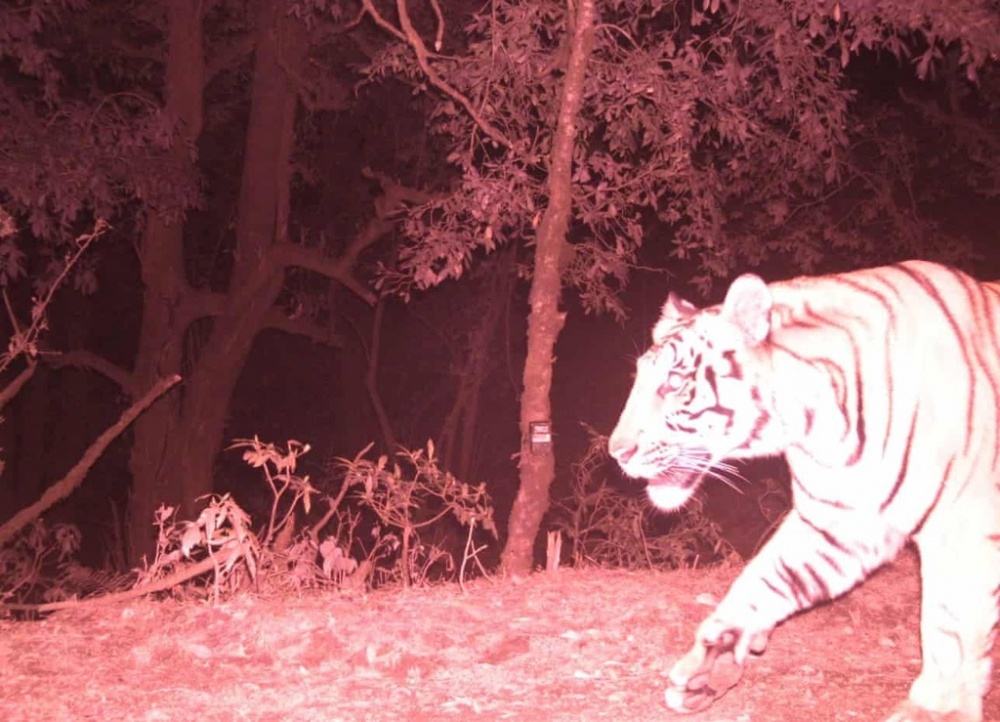
This image of a tiger in Nepal is the first time a tiger has been captured by a trap. The photo was taken at an altitude of 2,500 m. This shows that tigers have a wide habitat and high adaptability. There are only about 3,900 tigers left in the wild and the species is threatened by habitat loss, human conflict and poaching. (Source: WWF)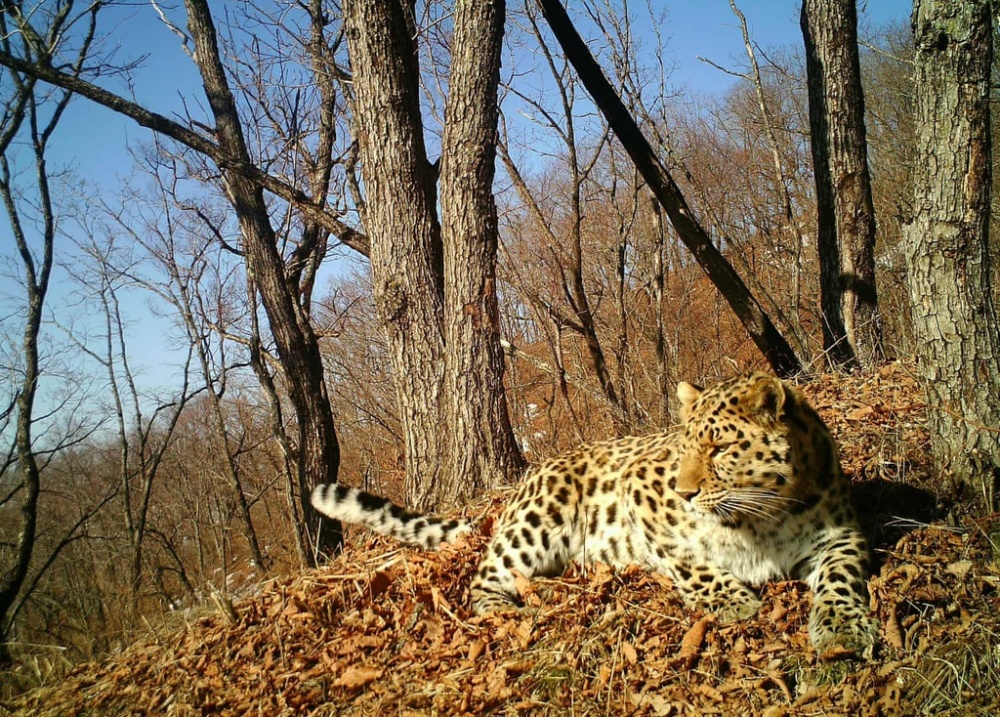 The Amur leopard has only about 100 individuals left in the wild. Therefore, capturing this species on camera traps is extremely rare. This Amur leopard named Typhoon was caught by a camera trap in Russia’s Land of Leopard national park. The Amur leopard is nocturnal, so this is a very special photo. The amur leopard is at high risk of extinction due to hunting and habitat loss. (Source: WWF)
The Amur leopard has only about 100 individuals left in the wild. Therefore, capturing this species on camera traps is extremely rare. This Amur leopard named Typhoon was caught by a camera trap in Russia’s Land of Leopard national park. The Amur leopard is nocturnal, so this is a very special photo. The amur leopard is at high risk of extinction due to hunting and habitat loss. (Source: WWF)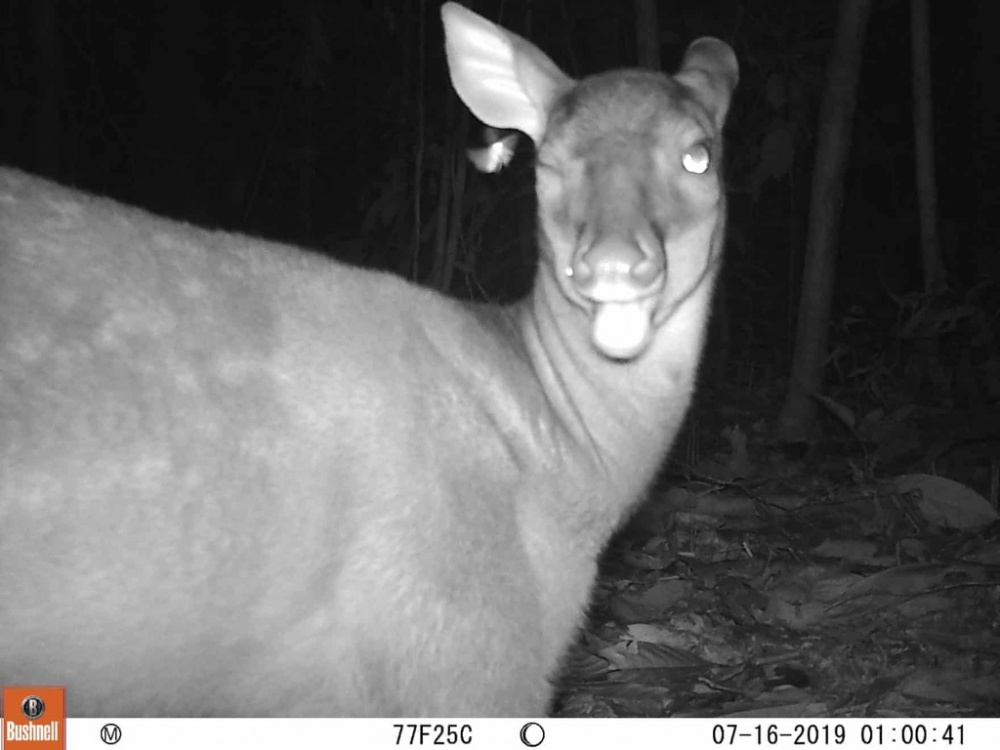 A trapped short-horned deer was photographed in Brazil’s Juruena National Park. This deer looks like it’s winking, but a moth just landed in its eye seems like a more likely explanation. This deer usually moves alone and is often hunted for meat. (Source: WWF)
A trapped short-horned deer was photographed in Brazil’s Juruena National Park. This deer looks like it’s winking, but a moth just landed in its eye seems like a more likely explanation. This deer usually moves alone and is often hunted for meat. (Source: WWF)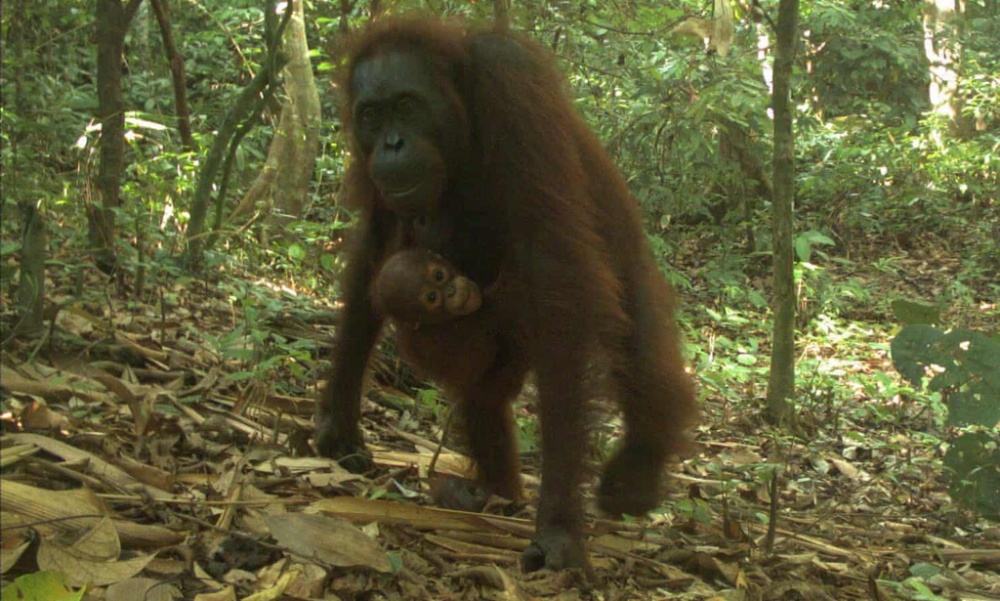 The number of orangutans has decreased by about 50% in the past 60 years. This species used to live in China and Indonesia. Today, orangutans can only be found on the Indonesian islands of Sumatra and Borneo. The habitat of this species has been destroyed by deforestation for palm plantations. About 2,200 orangutans are killed each year in Borneo. (Source: WWF)
The number of orangutans has decreased by about 50% in the past 60 years. This species used to live in China and Indonesia. Today, orangutans can only be found on the Indonesian islands of Sumatra and Borneo. The habitat of this species has been destroyed by deforestation for palm plantations. About 2,200 orangutans are killed each year in Borneo. (Source: WWF)








